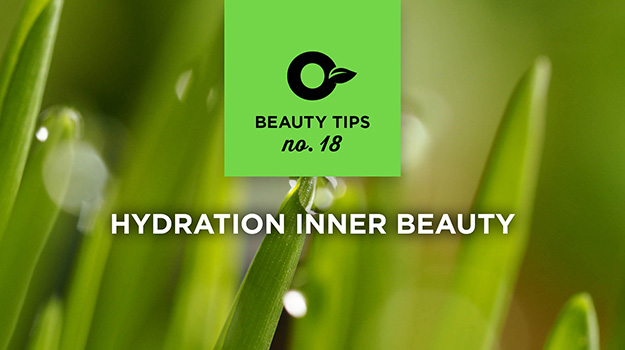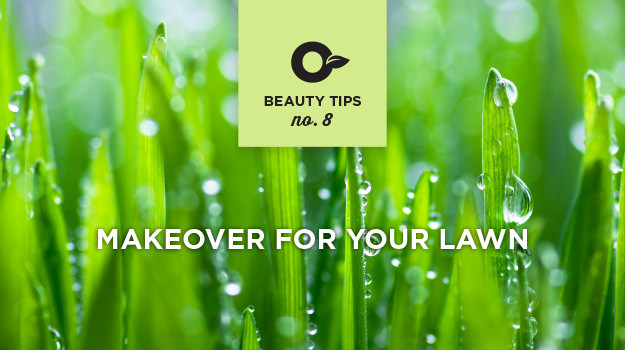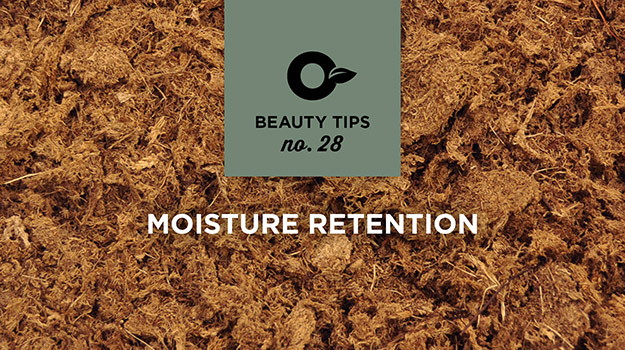
1. Cleaning up your lawn
Just like you, your lawn needs to breathe. Raking lightly (dethatching) improves the movement of air, water and nutrients in the soil by removing the debris that choke your lawn.
2. Aerating
Aeration consists in poking small holes in the soil, generally at a depth of 7 to 10 cm (3-4 inches). The surrounding soil gets uncompacted, which makes it easier for water, oxygen, fertilizer and other nutrients to penetrate.
This treatment helps plants grow deeper roots, which leads to a thicker, more resistant lawn. It is better to aerate in late spring or early fall.
3. Overseeding
Overseed where your lawn is thinner and where weeds are a problem. Spread 2 to 3 cm of lawn soil and level the surface. Then, spread the seed at a rate of about 1 pound for 400 sq. ft. (1/2 kg per 40 m2), rake lightly, and water.
4. Fertilizing the lawn: when and how?
Use a slow-release fertilizer. This will allow you to space out applications during the summer, so you only have to fertilize 4 times throughout the year, every 6 to 8 weeks. The first time in spring (March-April), the second in early summer (May-June), the third in summer (July-August) and the fourth (and most important!) in the fall (September-October).
Always apply a lawn fertilizer using a broadcast spreader to apply evenly. Water after application, as it allows the fertilizer to penetrate and reach the roots.
5. Mowing the lawn: optimal length
Mow your lawn at a height of 6-8 cm (2 ½ - 3 inches). Lawns are often cut much too short. The longer the grass blades, the longer the roots.
The longer the roots, the more resistant the lawn is to drought, diseases and insects. Also, longer grass blades create shade, which prevents the propagation of weeds.
6. Controlling pests
White grubs are one the most common species of pests found in lawns. C-shaped and milky white in color, they destroy grass by feeding on the roots. The presence of yellowed, easily pulled spots in the lawn is a good sign of a white grub infestation.
The best time to control white grubs is at the beginning of August, when the larvae are small and feed actively near the surface. Begin applying nematodes in August to destroy those pests for one full year.
If the infestation is severe, you may have to treat again in September. After September or in the spring, white grubs are a lot harder to control.
7. Watering the lawn properly
Most lawns need at least 5 cm (2 inches) of water each week. Sandy soils will require more frequent waterings, but shorter in duration. Inversely, clay soils will require less frequent waterings, but longer in duration.
Water early in the morning, before the sun gets too hot, or early in the evening. When the weather is dry, water thoroughly once a week rather than lightly every day. Generally, one-hour sessions are sufficient.






